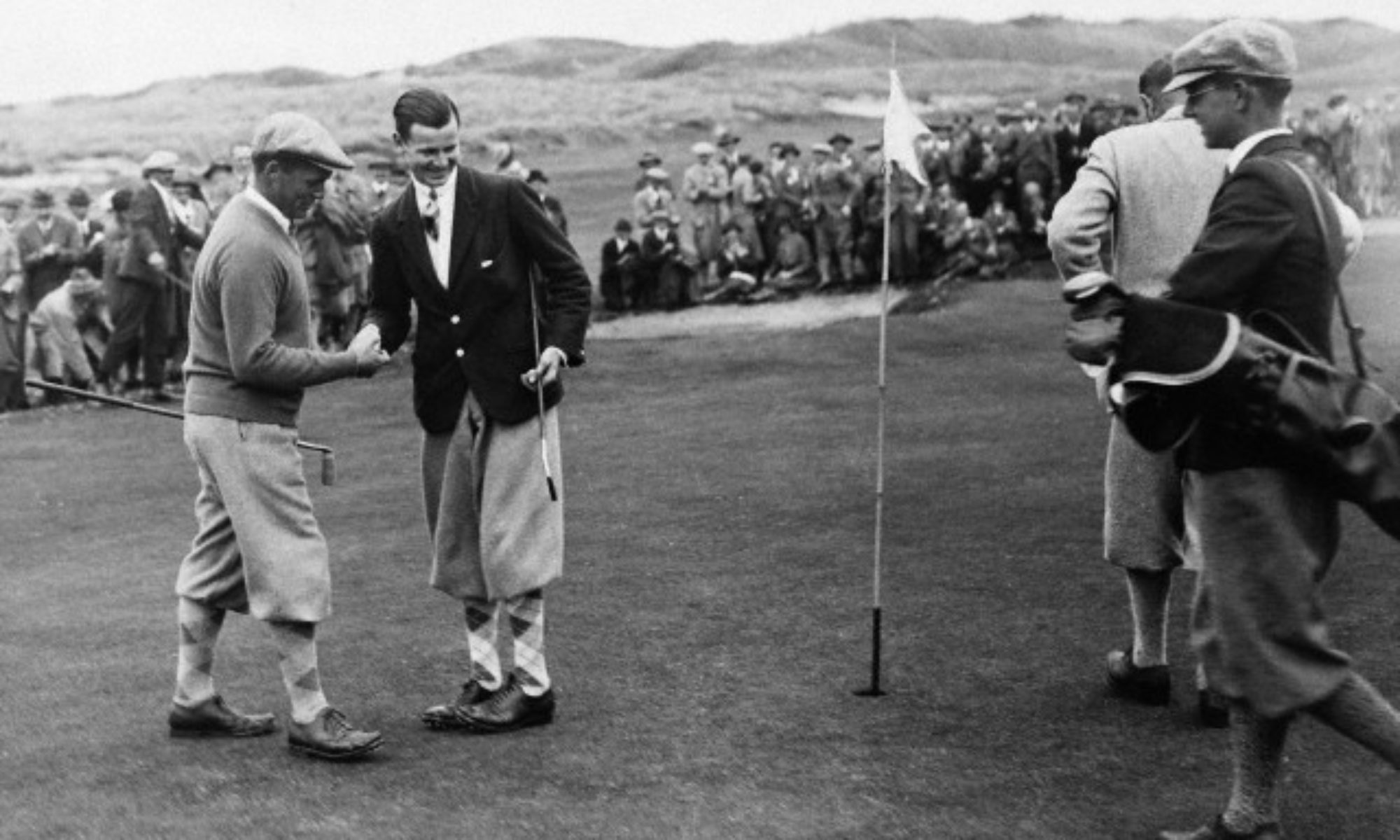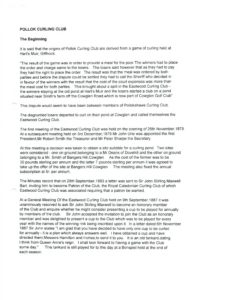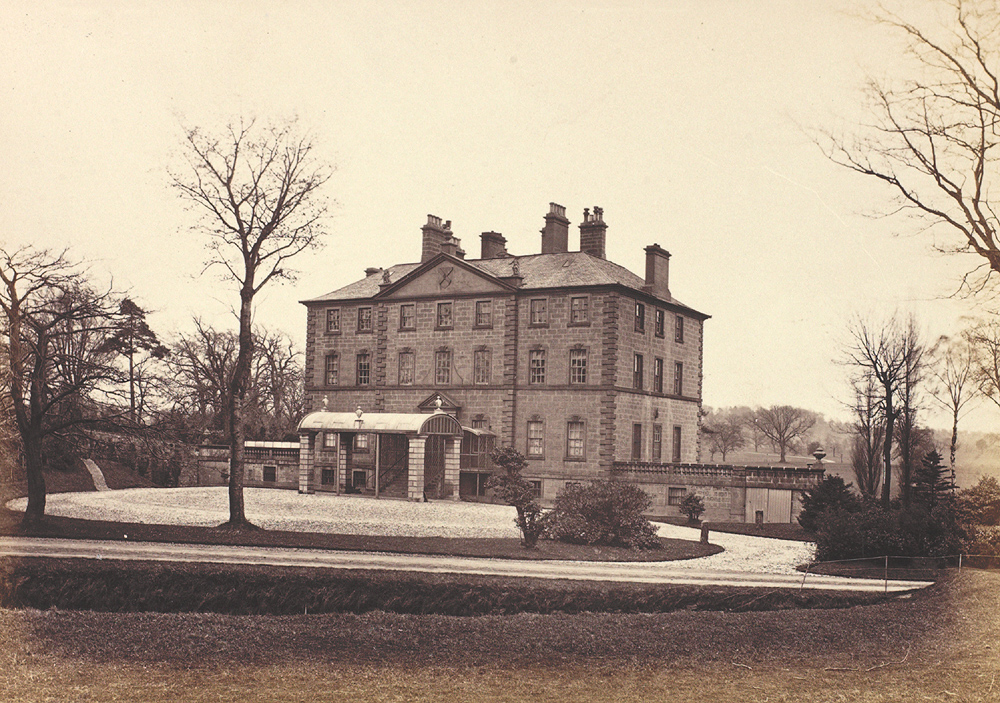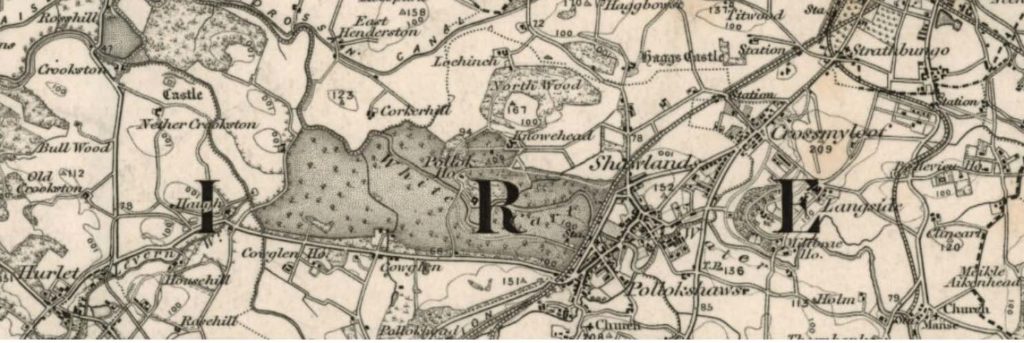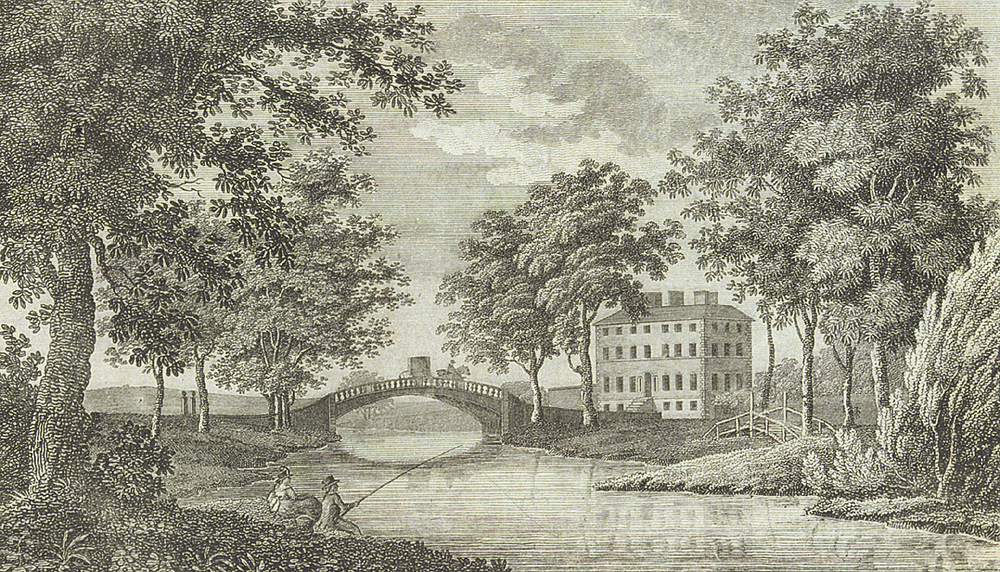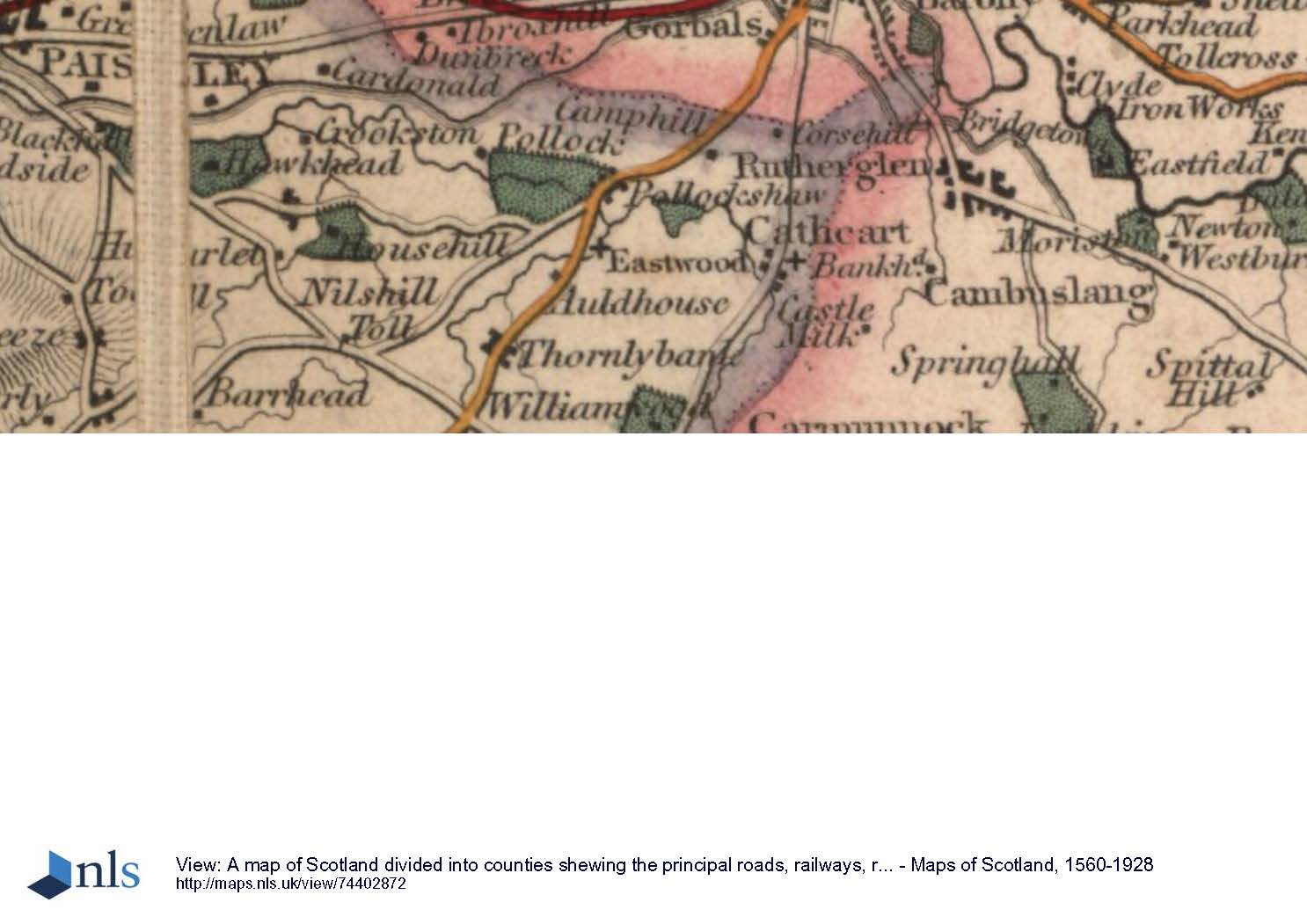Eastwood was created in 1891 but shortly afterwards the members left to create Pollok Golf Club. In 1936, the club moved to its current position.
The original source material is in https://www.golfsmissinglinks.co.uk and Eastwood GC’s entry can be found here
The website in pdf format can be viewed or downloaded here
Postscript: Shortly after this item was posted late May 2019, Eastwood sadly went into receivership and was put up for sale.
